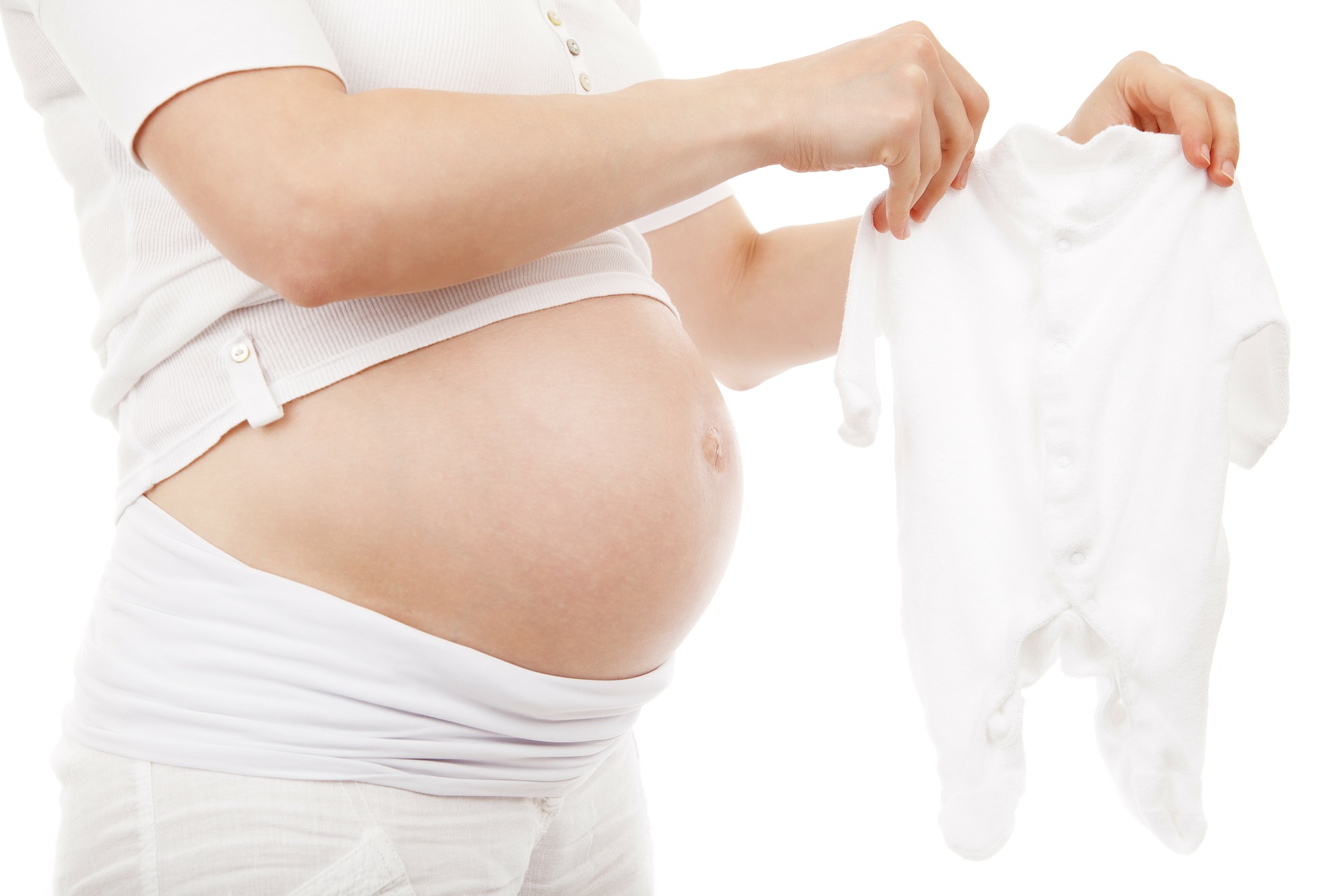The Statistics of Opioid Addiction and Child Birth

There is no doubt that the statistics for opioid addiction and deaths have been increasing in Ohio and around the entire country for the past several years. Along with these numbers, the statistics on opioid addiction and births have also been increasing. Along with this is a rise in neonatal abstinence syndrome (NAS) in babies, a condition in which the fetus has also become addicted to opioids in the womb of a woman taking them throughout her pregnancy.
In addition to NAS, the statistics also show that babies born with an opioid addiction are also more likely to be born with birth defects.
Statistics From Around the Country
A quick look at the statistics from around the country pertaining to opioid addiction and births shows just how common it is becoming:
- Across the United States, the rate of women addicted to opioids and having babies has quadrupled over the 15-year period of 1999 to 2014, according to the United States Center for Disease Control and Prevention (CDC)
- The CDC also found in one study that the number of babies born with NAS, in addition to heart defects, has been increasing
- A separate study by CDC also found that women who used opioids just before getting pregnant, or in the first trimester of their pregnancy, were twice as likely to have a baby born with a heart defect
- The number of women giving birth to babies addicted to opioids had increased 333 percent from 1999 to 2014
- In certain areas, 25 percent of newborns in neonatal intensive care units are being treated for opioid withdrawals
- On average, throughout the country, there is still one baby born every 15 minutes that is addicted to opioids
- The number of babies being born with NAS has been steadily increasing since the year 2000
- Methadone, a drug often given to newborns suffering from NAS, can still cause withdrawal symptoms in 60 to 80 percent of infants
Medicaid vs. Private Insurance Statistics
The statistics pertaining to women enrolled in Medicaid and those with private insurance point to the fact that expectant women with lower incomes are more likely to use opioids. These include:
- According to CDC, 28 percent of women that were of reproductive age and that had private insurance filled an opioid prescription
- In contrast, 39 percent of women that were of reproductive age and were enrolled in Medicaid filled a prescription for opioids
Additionally, a study conducted by Medicaid analyzed over 1 million women that were enrolled in Medicaid. One in five of these women were prescribed opioids by the doctors between the years of 2000 and 2007.
Ohio Statistics on Opioid Addiction and Birth
Like any epidemic, some states are going to be more affected than others. In Ohio, it is clear from the statistics that there is currently an opioid crisis happening.
The Ohio Department of Health states that six infants are hospitalized within the state every day due to NAS.
This is eight times the number of infants hospitalized with NAS over the past ten years. Additionally, the Public Children Services Association of Ohio found children born to mothers addicted to opioids accounted for nearly one-third of all children in custody
The statistics make it quite clear that there are many people in Ohio and around the country who are suffering from opioid addiction. Sadly, the statistics also show that many of those people are infants born with the addiction.

